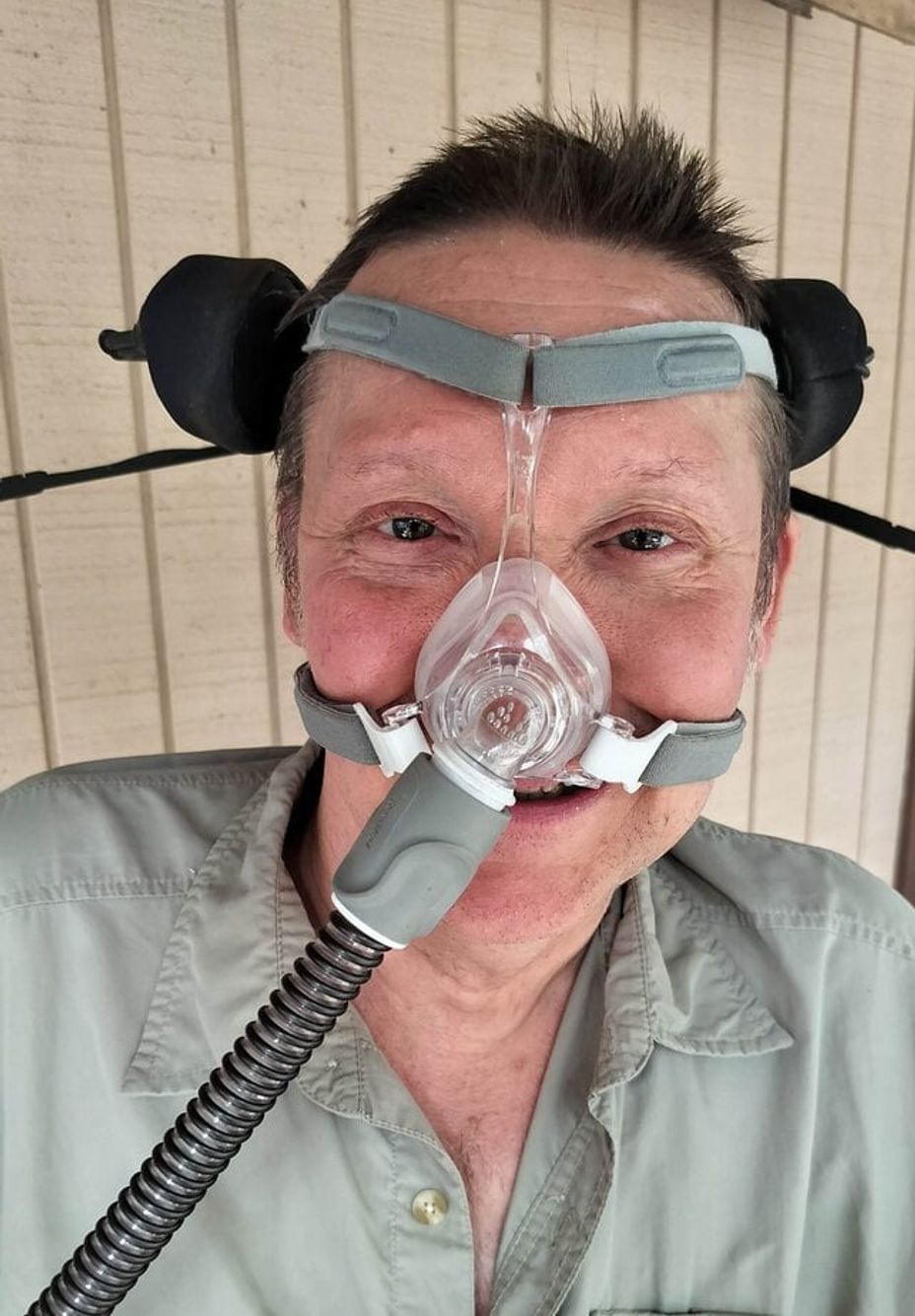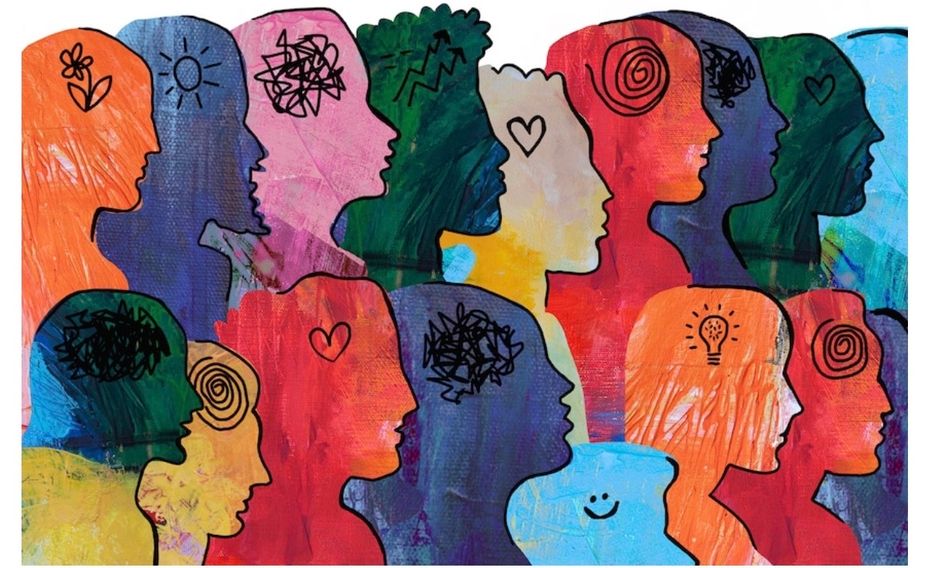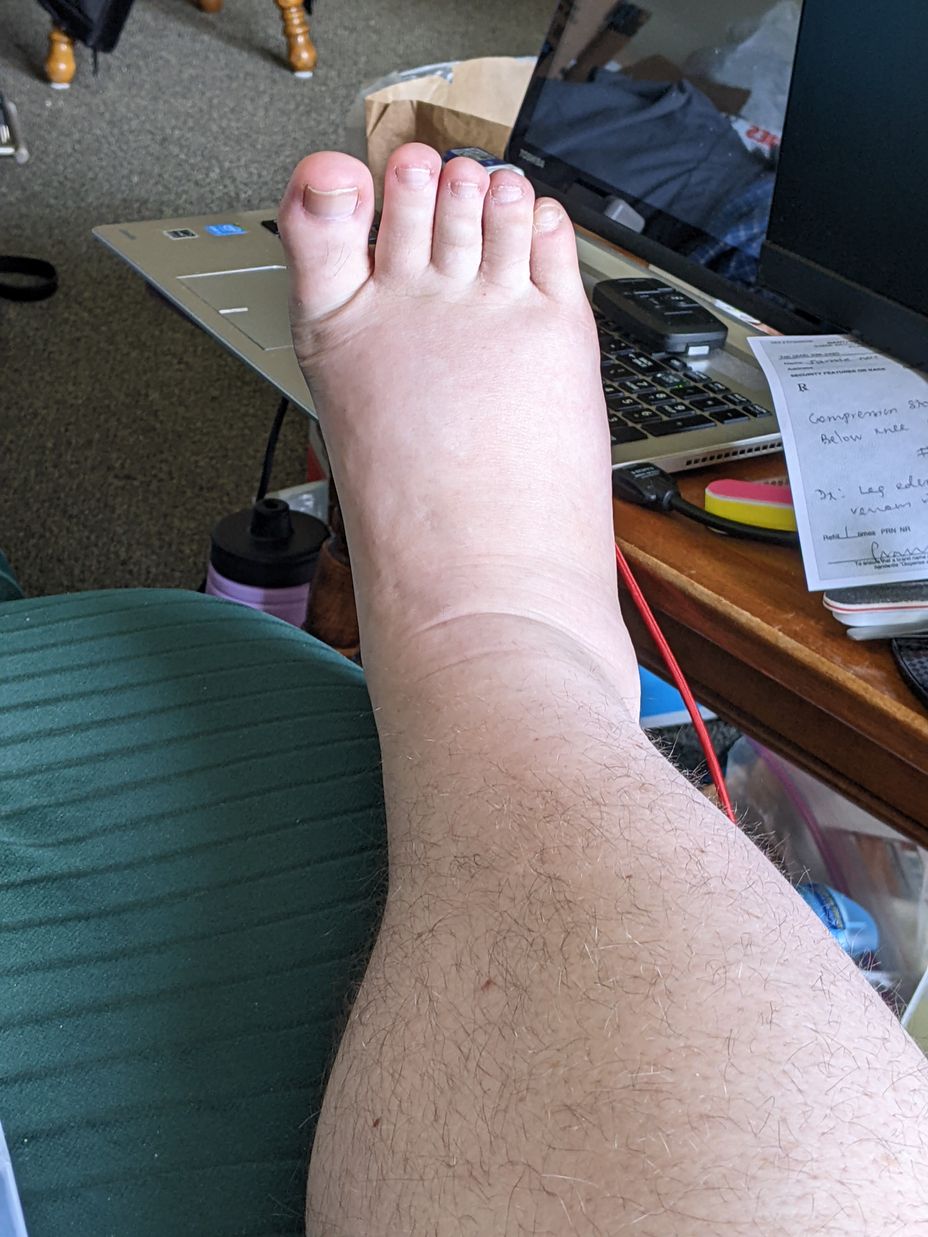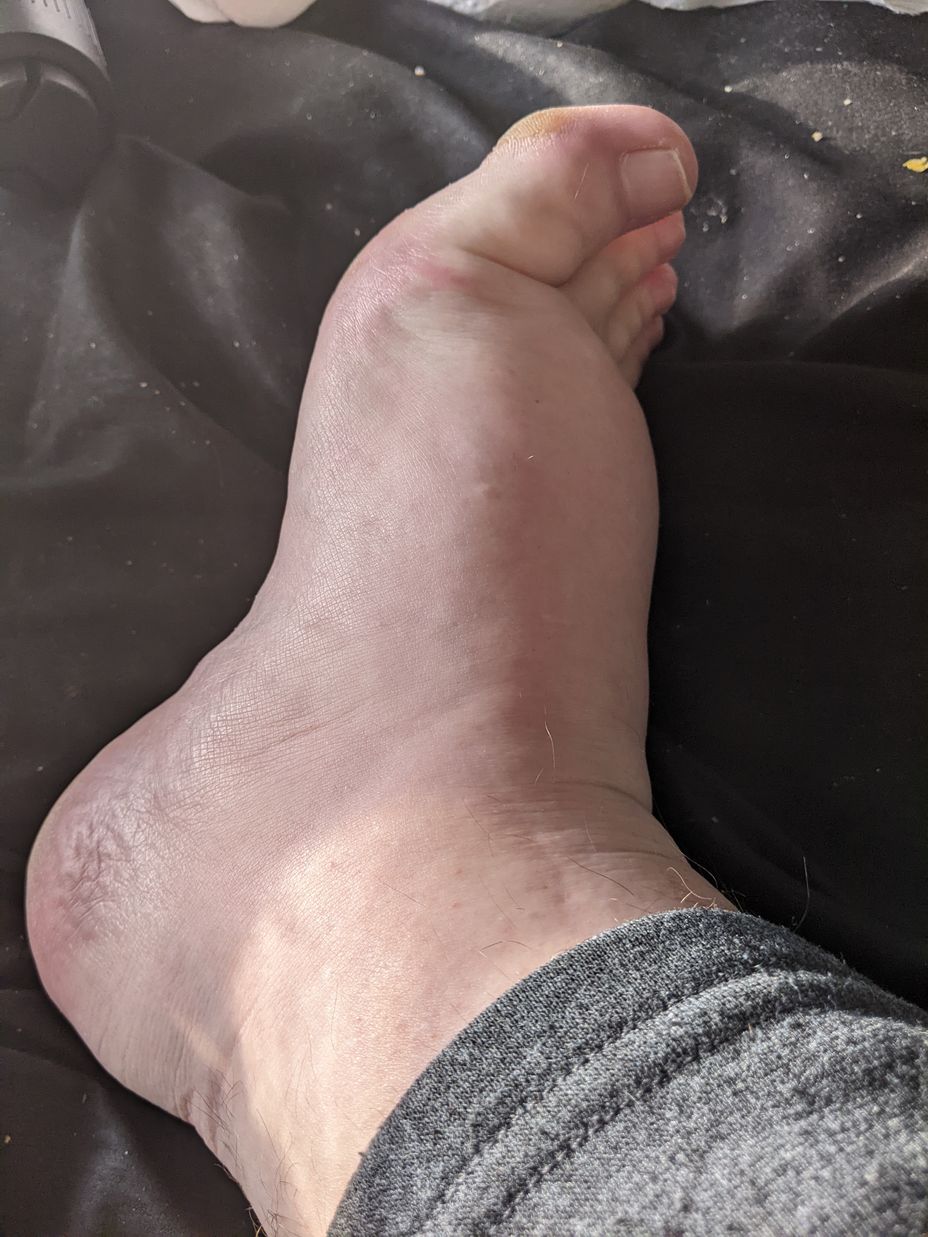Hi, I’m Tamanna — a new voice here, but one with a thousand stories stitched into her smile.
This week, I write not just for myself, but for every soul silently surviving — the nurses who cry in hospital stairwells, the mothers reheating tea they never finish, the strong women who smile while breaking inside. You see, I’ve been all of them. Still am.
There were days I held a dying father’s hand in one shift, then came home to rock my baby to sleep with shaky arms. I’ve stood under fluorescent hospital lights wondering if anyone saw me beyond the stethoscope and headscarf. But in every crack, I found poetry.
So here’s my truth — dramatic, flawed, funny even:
I’ve diagnosed heartbreak faster than hypertension.
I’ve Googled “how to cry quietly” in hospital washrooms.
I’ve laughed too hard at memes at 3 a.m. to feel less alone.
And once, I prescribed myself sleep. It didn’t work. Laughter did.
This week, I’m choosing healing. Not hustle. Not hollow praise. Just healing — for myself, my children, and everyone who reads this and whispers “me too.”
Because maybe our mess is the medicine.
So here’s my Mighty pep talk to you (and to me):
Rest, warrior. Breathe. Let the tea go cold. You are not late — you are blooming on divine timing.
Write that blog, post that story, say your truth out loud. Your voice is powerful, your pain is valid, and your softness is sacred.
I’m here now. New to this group, but not new to surviving. Let’s hold space for each other. And hey — if you cried, smiled, or felt a flicker of “me too,” hit that heart, drop a comment, or just exhale. That’s how we keep going.
With love and laughter,
Dr. Tamanna Islam Nishat
Writer | Doctor | Mental Health Advocate
#motherhoodunfiltered #burnoutsurvivor #faithinmedicine #womenwhowrite #healingwithwords #mightynewmember #VoiceOfTheWhiteCoat






